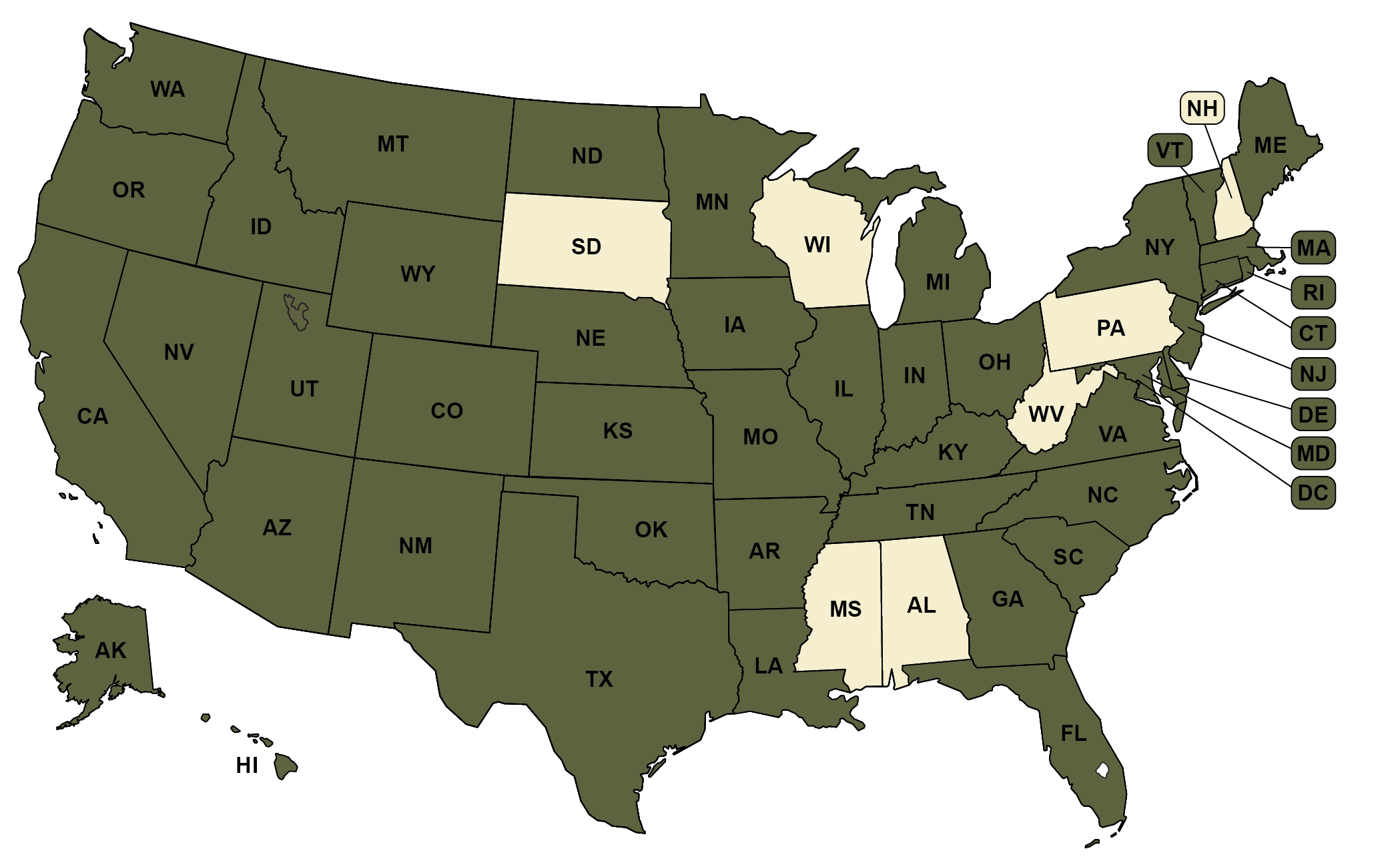The last decade has seen a large increase in voters choosing to utilize absentee or mail ballots rather than traditional in-person voting. This increase creates logistical issues for election jurisdictions in the ballot counting process, which in turn can cause the reporting of election results to be delayed in some situations. One policy that states can use to help lessen these delays is allowing absentee and mail ballots to be processed prior to Election Day. This processing does not involve tallying or releasing results ahead of Election Day, but rather taking steps such as verifying voter signatures and opening ballot envelopes so that counting can later be done more quickly.
-
State requires or allows absentee/mail ballot processing to begin prior to Election Day
(43 states + D.C.)
-
State does not require or allow absentee/mail ballot processing to begin prior to Election Day
(7 states)
Recommended citation: Movement Advancement Project. "Efficient Absentee/Mail Ballot Processing." https://www.mapresearch.org/democracy-maps/mail_ballot_processing. Accessed [day of access]
Breakdown by Population
*Note: These percentages reflect the voting-eligible population, as reported by the United States Election Project.
90 % of voting-eligible population lives in states that require or allow absentee/mail ballot processing to begin prior to Election Day
10 % of voting-eligible population lives in states that do not require or allow absentee/mail ballot processing to begin prior to Election Day


